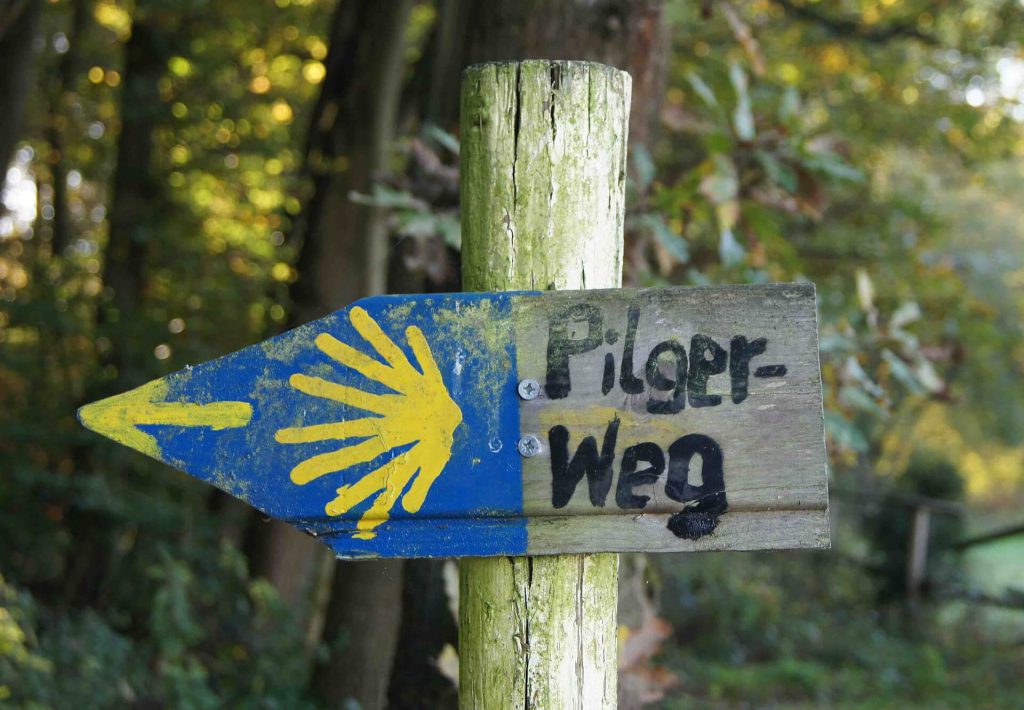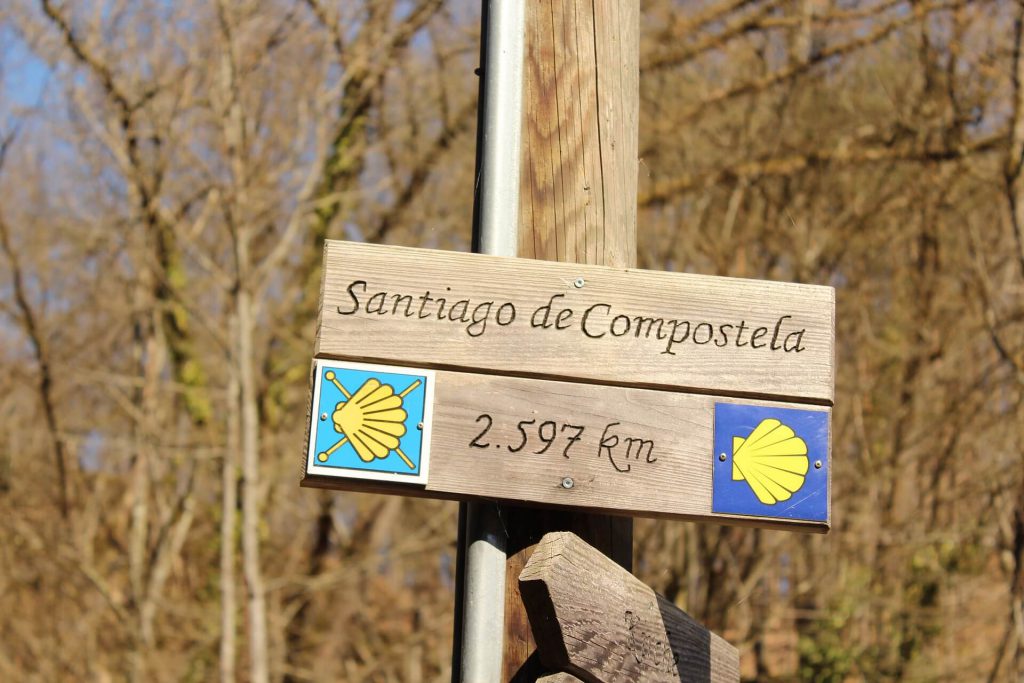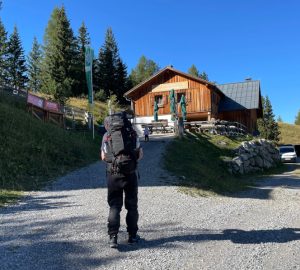Long-distance hikes have become increasingly popular in recent years. Covering long distances on foot promises travelers not only immediate proximity to nature, but also deceleration and distance from everyday life.
Pilgrimage routes in particular are experiencing a boom. Sharing the same goal with other people strengthens cohesion and helps to get through difficult passages of the hike. There are many pilgrims who rave about this very cohesion on the journey, which is reinforced by shared accommodations and rest stops where you inevitably meet again.
In this article we present five pilgrimage routes from around the world. Each has its own charm and very different challenges – but all are definitely worth hiking. So pack your backpack and go!
1. Via Francigena from Siena to Rome
The Via Francigena is a classic pilgrimage route that starts in England or France and has as its destination the heart of the Catholics: Rome. The pilgrimage route is particularly charming on its last section between Siena and Rome. Here you walk on the old Via Cassia, which is partly even in the original state of 2000 years ago. The landscape is typically Italian: rolling hills, olive groves and small picturesque towns full of art and old houses. Also special: there was a lot of volcanic activity in this area of Italy, which can be seen today in the hot springs and volcanic lakes that line the Via Francigena.

Our lightweight touring backpack Pyrox with adjustable back system, large case opening and rain cover. Available as a unisex model with 45+10 liters capacity or as a special women’s model with 40+10 liters.
This 250 km pilgrimage route can be completed in about twelve daily stages. The terrain is mostly flat or slightly hilly and therefore suitable for inexperienced long-distance hikers and pilgrims. You can stay overnight in the small towns already mentioned.
All information about the Via Francigena can be found on the official website of the Via Francigena.
2. St. Paul’s Way in Turkey
The St. Paul’s Way is not a very old pilgrimage route. It was opened in 2008 with the ulterior motive of bringing more tourism to the wonderful hinterland of Antalya. Paulus is said to have preached in this area and to have contributed significantly to the spread of Christianity. You won’t find any classical pilgrimage sites on this route, but a lot of nature, small, dreamy villages and the legendary Turkish hospitality.

The St. Paul’s Way is 500 km long and can be completed in 27 daily stages. You start either in Perge, which is ten kilometers east of Antalya, or in Beşkonak in Köprülü Canyon National Park, 80 kilometers northeast of Antalya. The pilgrimage route ends in Yalvaç near Lake Eğirdir, from where you can easily travel to other parts of Turkey – or back to Antalya.
You can find all information about the St. Paul’s Way on the official website of the St. Paul’s Way.
3. Shikoku Way in Japan
Other cultures also know pilgrimage – for example the Japanese Buddhists. The Shikoku Trail leads once around the smallest of the four main Japanese islands, Shikoku, and boasts no less than 88 temples. If you want to discover a completely different culture and still hike on a pilgrimage trail, this is the right place for you.
Since the Shikoku Way is a circular route, it can be started and finished anywhere. Moreover, there is no “right” way to walk this pilgrimage trail – it does not matter on the Shikoku Way to reach all temples on foot. Many people make the pilgrimage by organized bus tours, in their own cars, or even by bicycle. It is even possible to master the path by public transportation, but this requires some planning.
If you have a lot of time and want to get the closest to traditional pilgrimage, you should allow 40-60 days for the 1100 kilometer walk. Shikoku is mountainous and many of the temples are located on peaks.
You can find all the information about the Shikoku Way here and on the official website of the Japan Tourism Authority.
Reading tip: Long-distance hiking trails Germany
4. St. Olav’s Way in Norway
The St. Olav’s Way is actually a whole network of (long-distance) hiking trails across Norway. No matter which one you choose, you will be walking in the breathtaking landscape of Norway and along many religious and cultural sites. You can choose to start and finish in major Norwegian cities such as Oslo, Trondheim, or Lillehammer, or you can choose to enjoy the beauty of Norway’s nature.
Depending on your route, the St. Olav Trail can take 2 hours or 32 days to complete. The official website for the St. Olav’s Way offers countless tour suggestions as well as practical tips for preparation and even offers package tours and group hikes if you don’t want to hike alone.
5. Way of St. James to Santiago di Compostela
Probably the most famous pilgrimage route in Europe starts right on your doorstep (at least that’s the legend) and ends in Santiago di Compostela in most cases. It has enjoyed great popularity among pilgrims for over 1000 years and is the most famous European pilgrimage route. There are numerous paths that are part of the Way of St. James and start anywhere in Europe.

The Camino Francés begins at the French-Spanish border and is the last stretch of the Way of Saint James, where all European routes meet. Many pilgrims also begin their Way of St. James here. Accordingly, this section is very busy throughout the year, but especially in midsummer. Many accommodations and rest stops are in demand, so it is worth booking in advance. The Camino Francés starts in St. Jean Pied de Port, is 800 kilometers long and can be completed in about 5 weeks.
All information about the Camino Francés can be found on the official website of the Camino Francés.







